Regenerative farming is a way of growing food that focuses on restoring and improving the land it uses, rather than just trying to minimise damage.
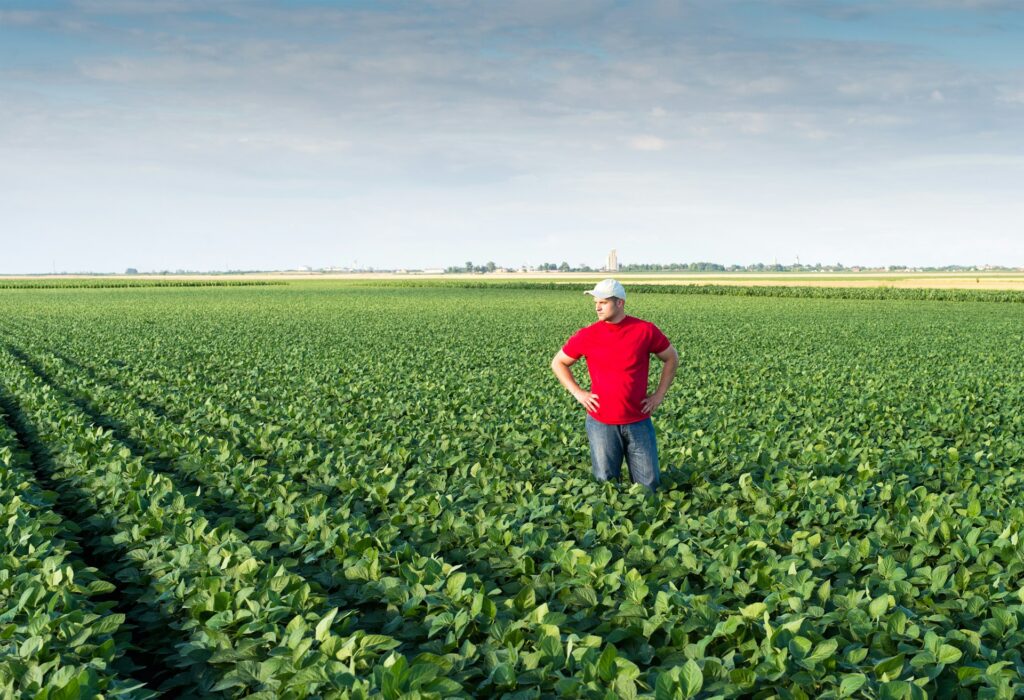
It’s about working with nature instead of against it—building healthier soil, supporting biodiversity, and creating long-term sustainability for farmers, wildlife, and the planet. Here are 12 key things that define regenerative farming and how it differs from conventional methods.
1. It goes beyond sustainability.

Sustainable farming aims to maintain the current state of things—essentially trying not to make the land worse. Regenerative farming takes it a step further by actively improving the soil, water systems, and ecosystems involved. The idea is not just to keep things from getting worse, but to actually heal the damage already done by decades of over-farming, chemical use, and habitat loss. It’s farming as restoration, not just preservation.
2. It starts with healthy soil.
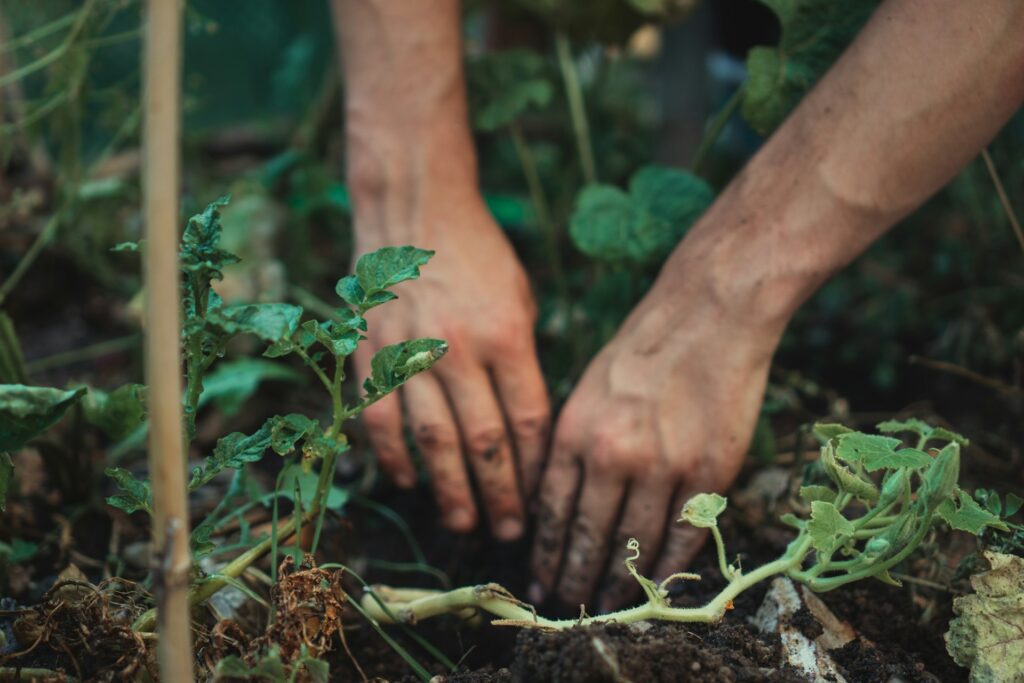
At the heart of regenerative farming is soil health. Techniques like no-till farming, composting, and cover cropping help restore organic matter and support soil microbes, which in turn make the land more fertile and resilient. Healthy soil stores more carbon, holds water better, and reduces the need for chemical fertilisers. It also supports more life, from earthworms and fungi to birds and beetles.
3. It avoids chemical inputs wherever possible.
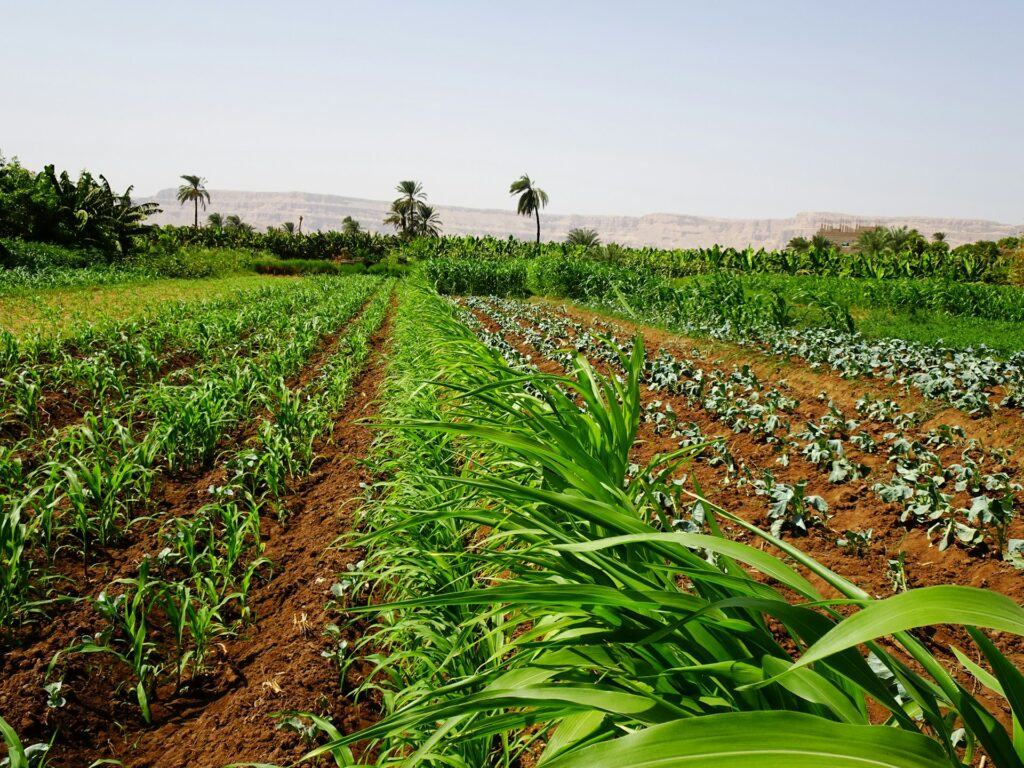
Regenerative farms aim to reduce or eliminate synthetic pesticides, herbicides, and fertilisers. Instead, they build ecosystems where natural predators control pests and diverse planting makes diseases less likely to spread. By relying less on chemicals, farmers not only protect wildlife but also reduce costs and dependency on external inputs, making their farms more self-sufficient in the long run.
4. Crop diversity is a key feature.

Monoculture—the practice of growing a single crop over large areas—is common in industrial farming but leaves soil depleted and ecosystems fragile. Regenerative farming focuses on growing a variety of crops, often rotating or mixing them together. This diversity helps disrupt pest cycles, improves nutrient balance in the soil, and increases resilience to weather extremes or disease. It also means more diverse food options and healthier farming communities.
5. It includes animals in the system.
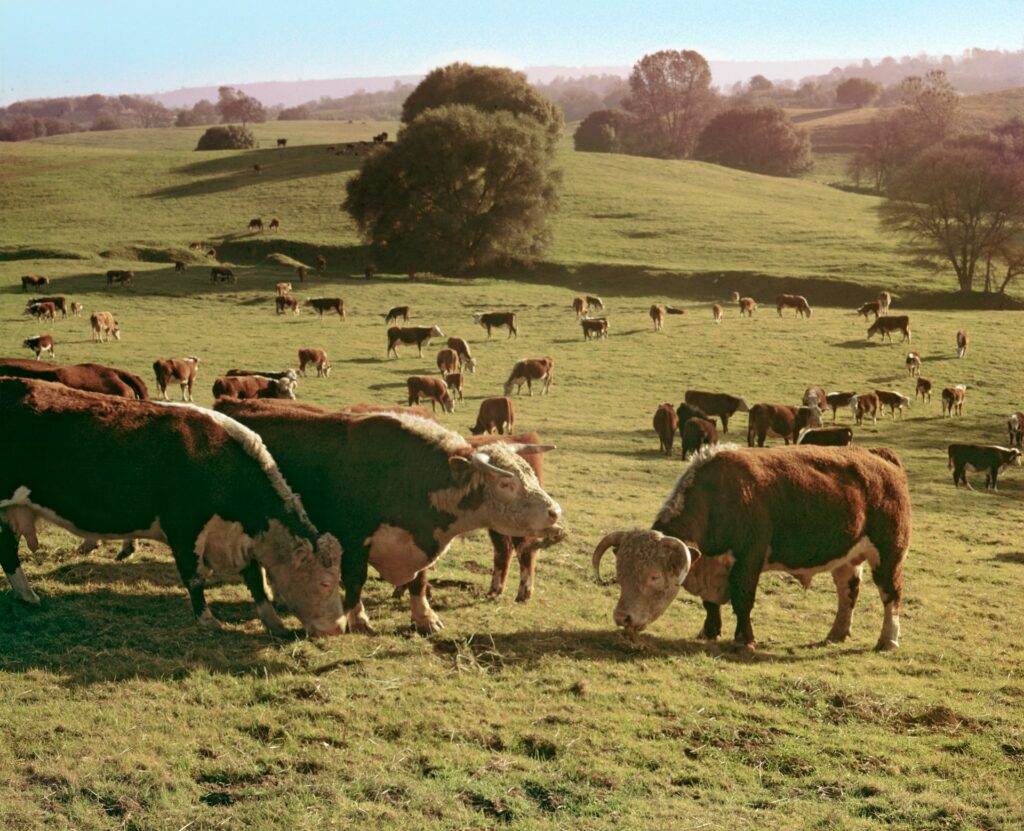
Unlike factory farming, regenerative agriculture often integrates livestock into the land in natural ways. Animals like cows or sheep are moved regularly across pastures, mimicking wild herd behaviour and fertilising the soil as they go. This method, called rotational or managed grazing, can build soil, reduce erosion, and encourage new plant growth, all without overgrazing or degrading the land.
6. It prioritises local ecosystems.
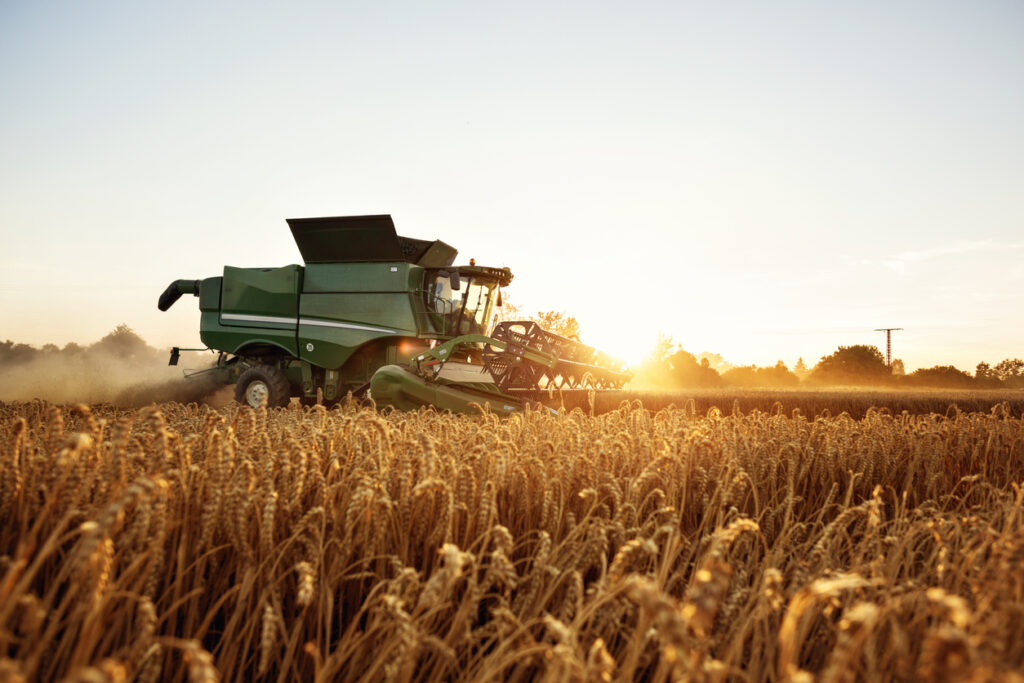
Regenerative farming doesn’t follow a one-size-fits-all model. Instead, it encourages farmers to work with the natural features of their land—native plants, seasonal changes, local wildlife—and make decisions that support the surrounding ecosystem. That might mean planting hedgerows to shelter pollinators, restoring wetlands to filter water, or maintaining woodlands as natural pest control. The farm becomes part of the landscape, not a replacement for it.
7. Carbon capture is part of the deal.
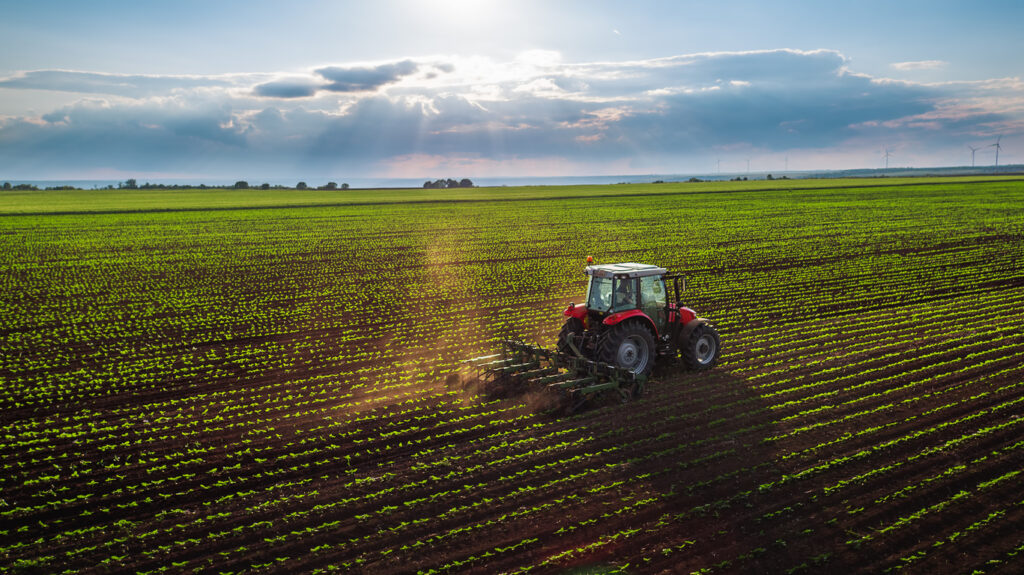
Soil isn’t just dirt—it’s one of the largest carbon sinks on the planet. Regenerative practices help draw carbon from the atmosphere and lock it into the ground through plant roots and microbial life. This makes regenerative farming a powerful tool in the fight against climate change. It’s not just reducing emissions—it’s actively helping to reverse them through better land use.
8. It works with water, not against it.
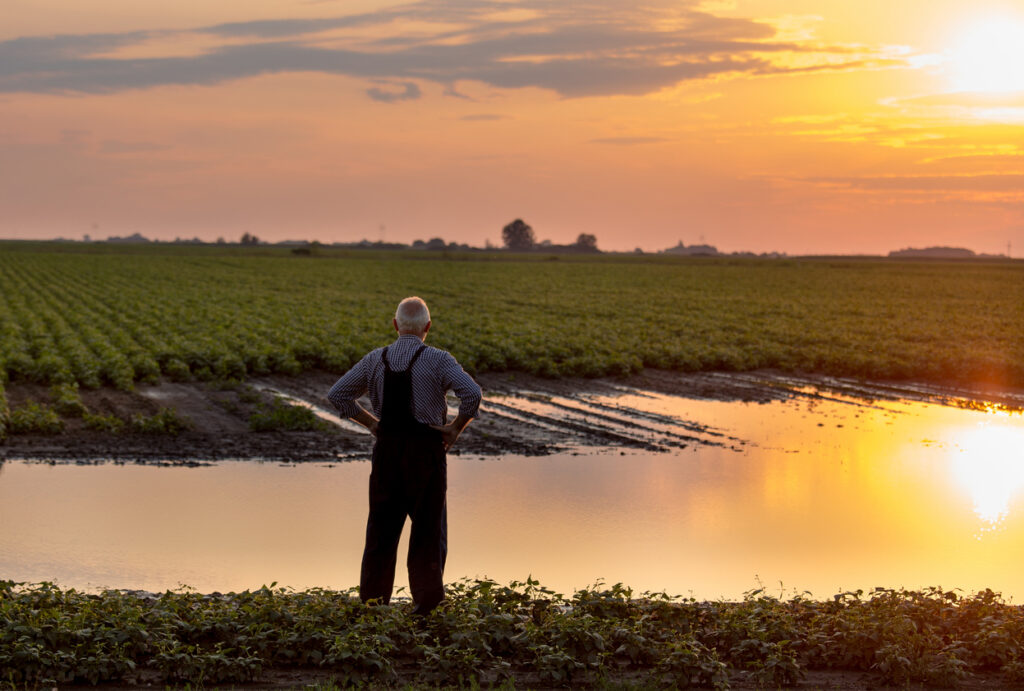
Conventional farming often leads to runoff, erosion, and water waste. Regenerative farming improves the land’s ability to absorb and hold onto water through better soil structure and thoughtful planting. This means less flooding, cleaner rivers, and crops that are more resilient in droughts. Water becomes something that’s stored and cycled, rather than drained and depleted.
9. It supports farmer resilience.
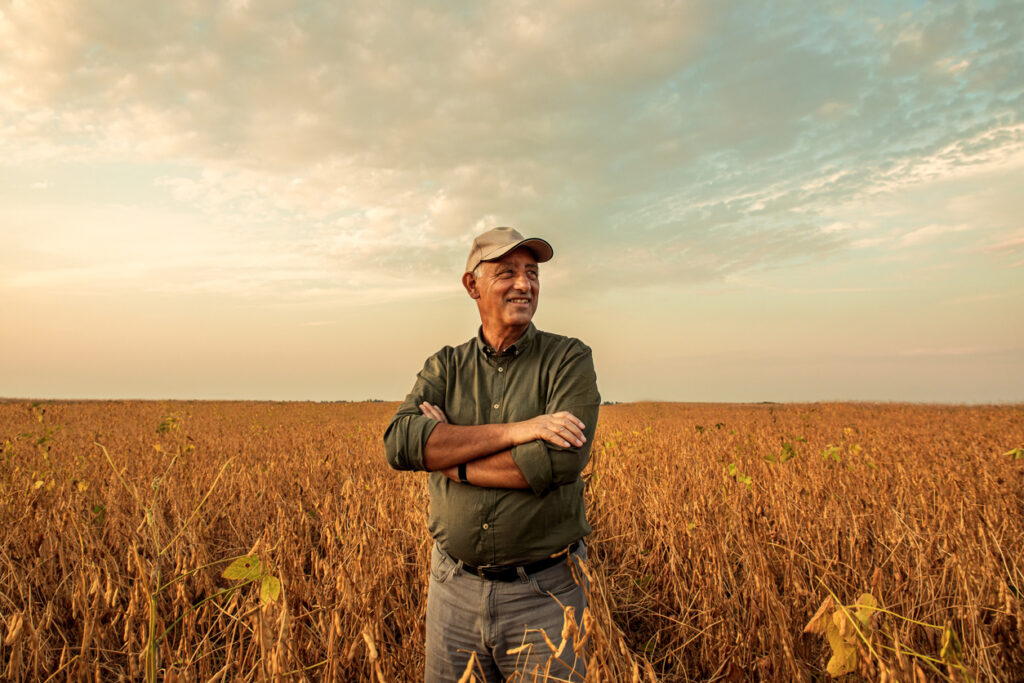
Regenerative methods can help farmers reduce costs, protect against crop failures, and build more stable incomes over time. With healthier land and more diverse crops or products, they’re less vulnerable to market shocks or extreme weather. Many regenerative farmers also build stronger connections with local communities through direct selling or farm co-ops, creating more transparency and trust in how food is grown.
10. It welcomes traditional and Indigenous knowledge.
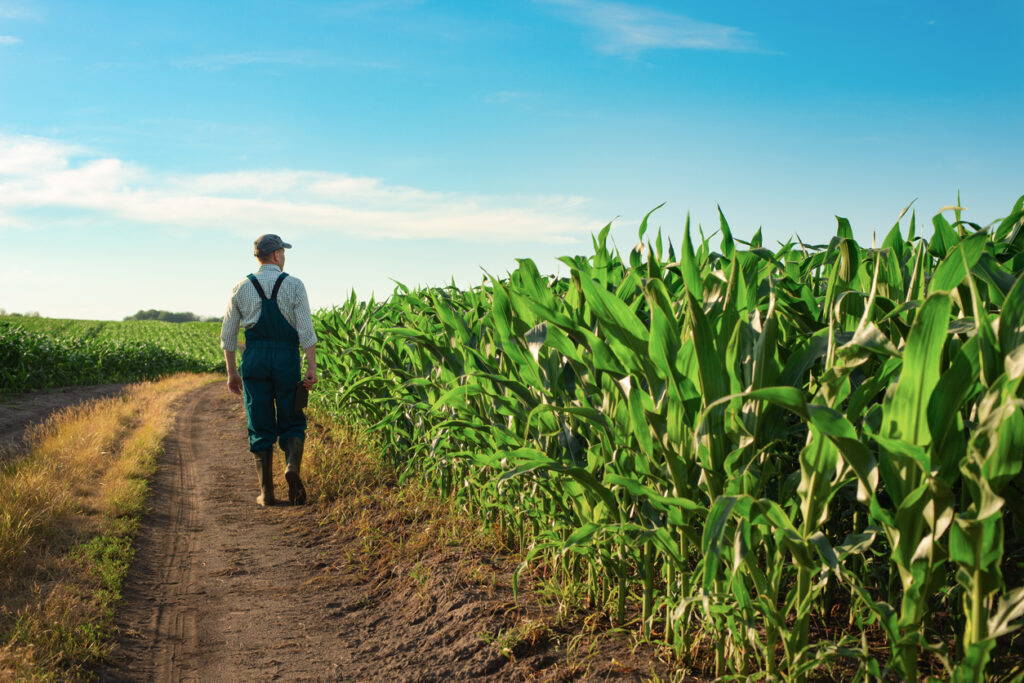
Many regenerative practices echo traditional farming methods used long before industrial agriculture. These include planting according to natural cycles, using animals to shape the land, and valuing long-term stewardship over short-term yields. By blending modern science with time-tested wisdom, regenerative farming respects cultural knowledge and highlights the role of farmers as caretakers, not just producers.
11. Certification isn’t always the goal.
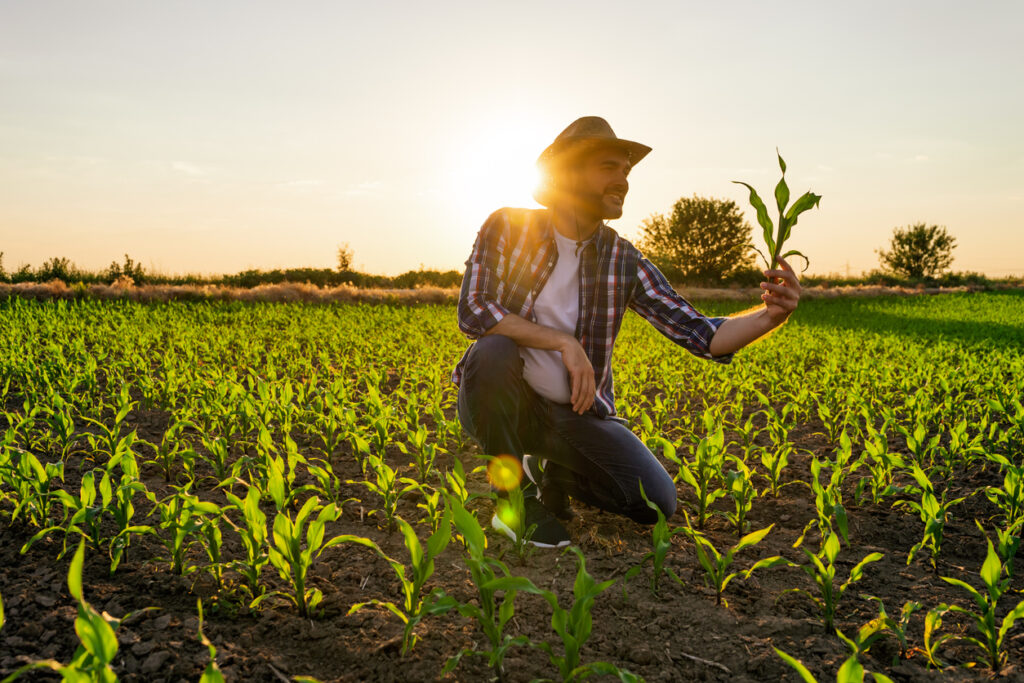
Unlike organic or other labels, regenerative farming isn’t about ticking boxes—it’s about outcomes. The focus is on whether the land is healing, whether biodiversity is increasing, and whether communities are benefiting. That said, certification schemes like “Regenerative Organic Certified” are emerging to give consumers clearer ways to support these farms. But the core principle remains about process and intention, not just labels.
12. It offers hope for the future of food.
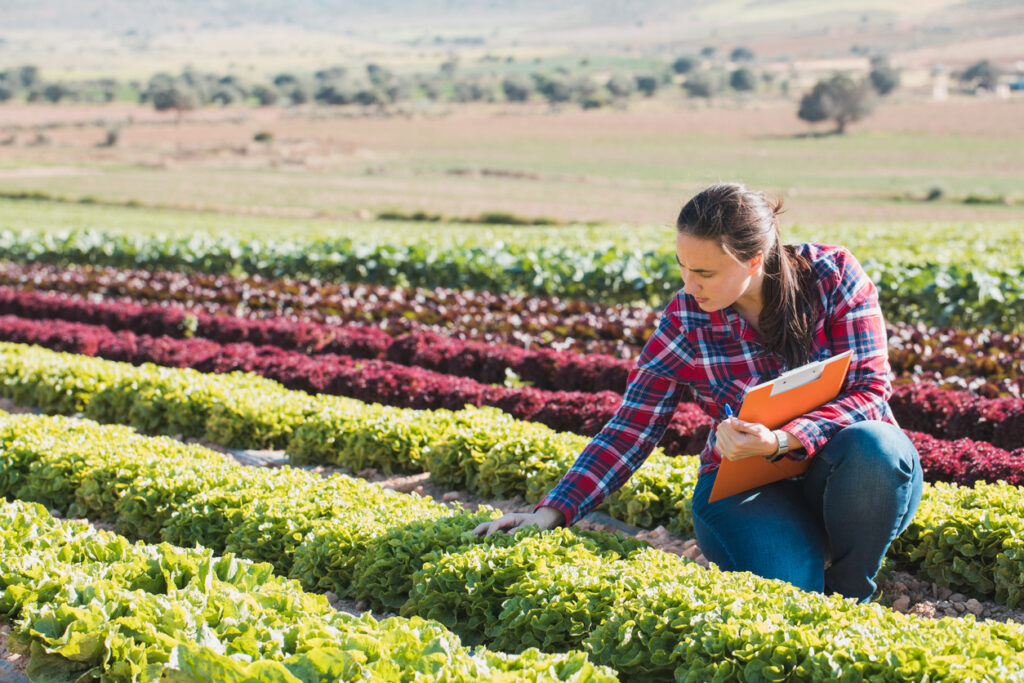
Regenerative farming shows that we don’t have to choose between feeding people and protecting the planet. It creates systems where food production actually improves ecosystems, rather than degrading them. As more people look for climate-friendly, ethical ways to eat, regenerative agriculture offers a way forward—one that reconnects us with nature, rebuilds damaged land, and restores balance where it’s been lost.